For this week’s outfit featuring my mint iromuji, I wanted a big departure from the very standard coordination from last week. This adorable kitty haneri is a very deep rich teal, and it struck me that I had a bunch of similar items in various shades of the same colour. I think pairing the iromuji up with them and using cooler lighting than last week’s photo really drives home the point that I was trying to make, that one kimono can look incredibly different with different accessories, and in different situations. Surrounded by the cool tones of the haneri, obi, and hakama the kimono itself leans much more towards the blue side of things than it did against the gold and lavender of last week.
So far, I think this experiment is going swimmingly! I look forward to seeing what else I can do with this piece.
One Kimono Four Ways
- February 2nd: Stylish and Subdued
- February 9th: Modern and Monochrome
- February 17th: Punchy and Popping
- February 23rd: Cute and Casual
Items used in this coordination
- Mint Green
- Emerald with Gold
- Cats

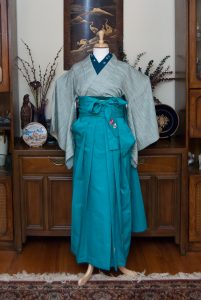
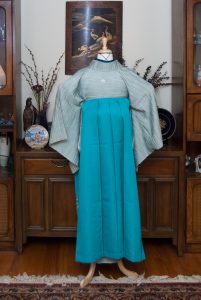
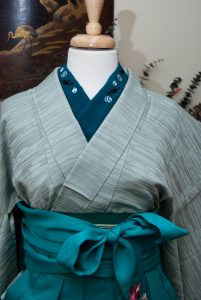
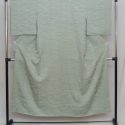
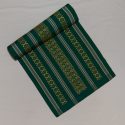
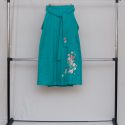

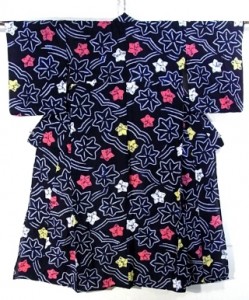
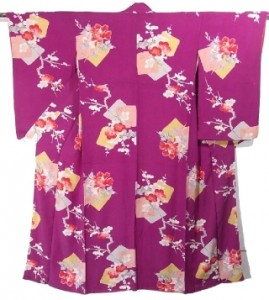
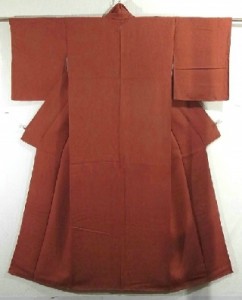
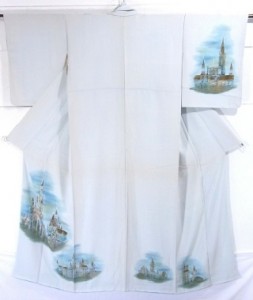
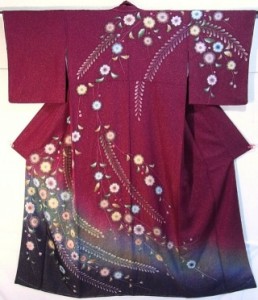
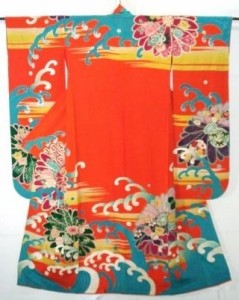
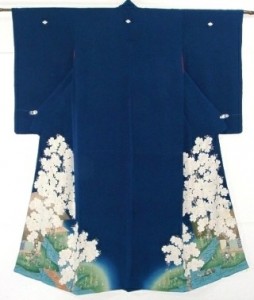
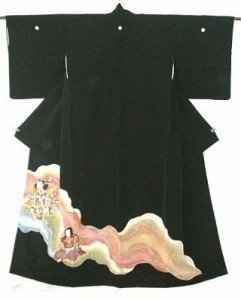
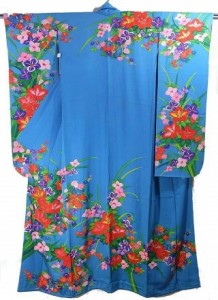
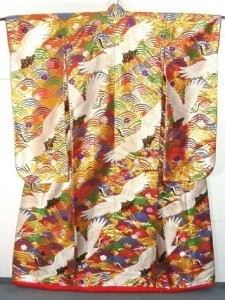
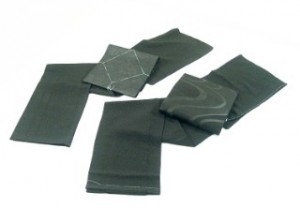
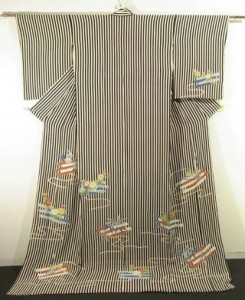
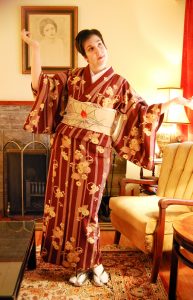
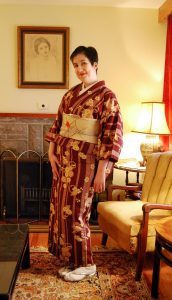
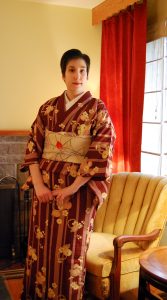
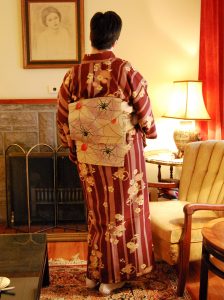
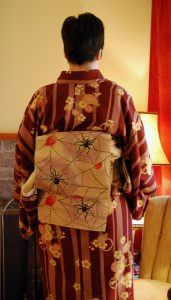
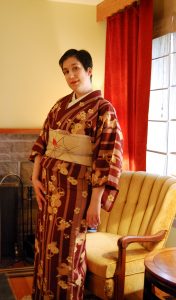
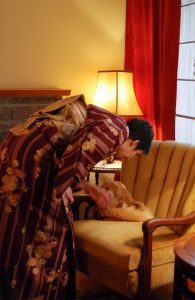
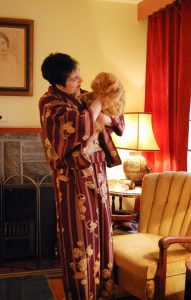
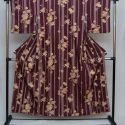
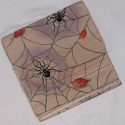
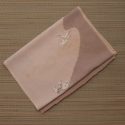
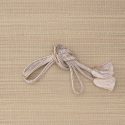

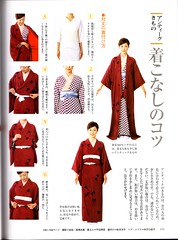
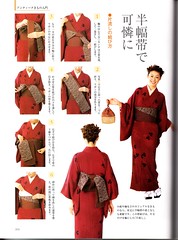









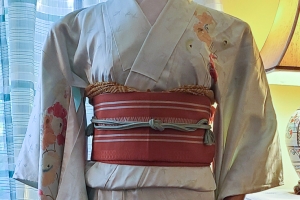

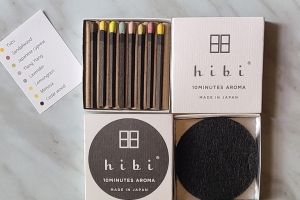
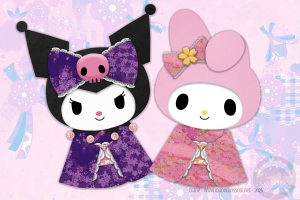
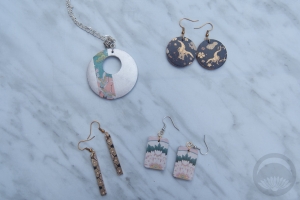

 Bebe Taian
Bebe Taian CHOKO Blog
CHOKO Blog Gion Kobu
Gion Kobu